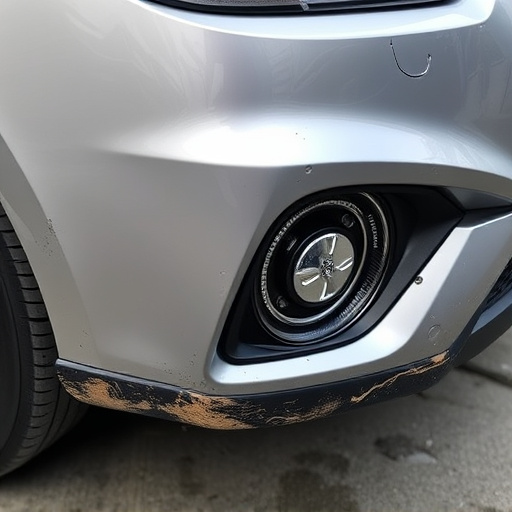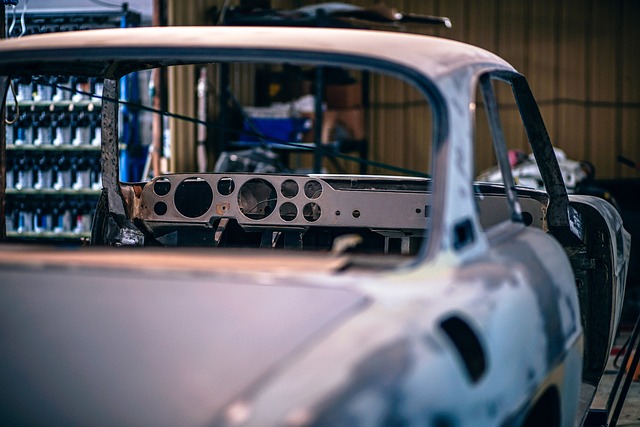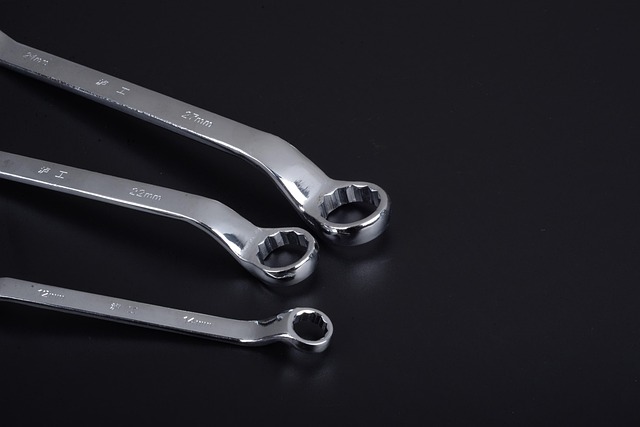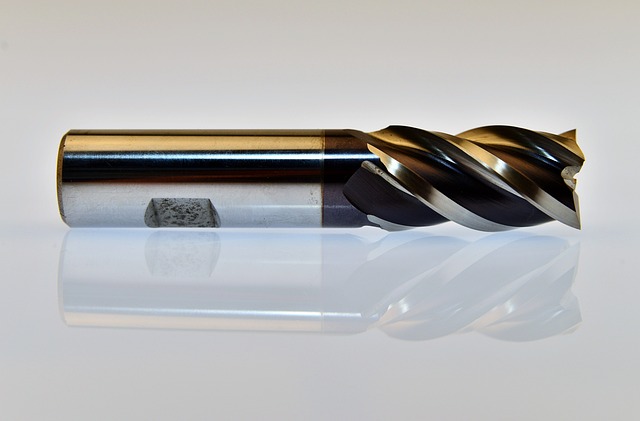TL;DR:
Electronic diagnostics repair is a specialized field requiring understanding of modern vehicle computer systems and physical components. Technicians address issues like faulty sensors, wiring problems, and ECU glitches using advanced knowledge and techniques. Regular maintenance, including inspections, data backups, and temperature protection, prevents costly repairs. Services are available in reputable auto collision centers or dedicated shops, ensuring vehicles are restored to optimal condition.
In today’s digital age, electronic diagnostics repair is an indispensable skill. This comprehensive guide dives into the world of automotive electronics, offering a detailed overview of common issues and their solutions. From sensor failures to communication errors, we equip folks with knowledge to navigate this intricate landscape. Learn effective maintenance strategies and prevention tips to keep your vehicle’s electronic diagnostic systems running smoothly, ensuring optimal performance and reliability.
- Understanding Electronic Diagnostics Repair: A Comprehensive Overview
- Common Issues and Their Solutions in Electronic Diagnostics
- Tips for Effective Maintenance and Prevention Strategies
Understanding Electronic Diagnostics Repair: A Comprehensive Overview

Understanding Electronic Diagnostics Repair involves grasping the intricate relationship between modern vehicles’ sophisticated computer systems and their physical components. In today’s automotive landscape, cars are increasingly equipped with complex electronic diagnostic systems that play a crucial role in monitoring and controlling various functions. These systems, encompassing sensors, microprocessors, and communication networks, ensure optimal performance, safety, and efficiency.
When issues arise, Electronic Diagnostics Repair becomes essential. It requires skilled technicians who can decipher error codes generated by the vehicle’s onboard computers, identify faulty components, and perform precise repairs. This specialized field extends beyond traditional auto mechanics; it demands a deep understanding of electronic principles, computer networks, and specific vehicle systems. Reputable auto collision centers or dedicated electronic diagnostics repair shops employ trained professionals equipped to handle these challenges, ensuring vehicles return to peak condition, combining top-notch car paint repair with advanced electronic diagnostic services.
Common Issues and Their Solutions in Electronic Diagnostics

In the realm of electronic diagnostics repair, several common issues consistently arise across various vehicle models. One prevalent problem is faulty sensors, which can lead to inaccurate readings and impact engine performance. The solution lies in meticulous sensor calibration and replacement if necessary. Another frequent challenge involves malfunctioning wiring, often caused by loose connections or damaged insulation. Technicians address these issues by thoroughly inspecting the wiring harness, tightening connections, and replacing worn-out cables, akin to restoring a car body to its original condition.
Additionally, electronic control units (ECUs) are susceptible to glitches, causing odd behaviors in vehicles. These issues can be resolved through advanced diagnostic tools that identify problematic ECUs. Just as professional auto repair services cater to the intricate needs of cars, competent technicians employ specialized software to reprogram or replace faulty ECUs, ensuring seamless operation. Moreover, power supply problems, often stemming from battery issues or alternator malfunctions, are addressed by checking voltage levels and replacing components as needed, akin to fixing a car scratch with precision and care.
Tips for Effective Maintenance and Prevention Strategies

Regular maintenance is key to keeping your electronic diagnostics in top shape and preventing costly repairs. Start by establishing a routine inspection schedule, focusing on critical components like sensors, wiring harnesses, and control modules. Look for signs of damage, corrosion, or loose connections. Address these issues promptly to avoid bigger problems down the line. Early detection can save you from having to rush to a collision repair shop or rely on expensive auto body work.
Prevention is always better than cure when it comes to electronic diagnostics repair. Keep your systems updated with the latest firmware and software patches, as these often include bug fixes and security enhancements. Regularly back up important data, especially in modern vehicles with complex onboard computers. Finally, avoid exposing your vehicle to extreme temperatures and direct sunlight, which can cause damage over time. These simple tips will help ensure smooth operation and reduce the need for extensive auto repair services.
Electronic diagnostics repair is a vital skill in today’s digital age, ensuring smooth operation of complex systems. By understanding common issues like sensor malfunctions, communication errors, and power supply problems, along with implementing effective maintenance practices and preventive strategies, you can significantly reduce downtime and extend the lifespan of electronic diagnostic tools. Remember that regular checks, prompt troubleshooting, and staying updated on advancements in electronic diagnostics repair are key to keeping your equipment running optimally.












